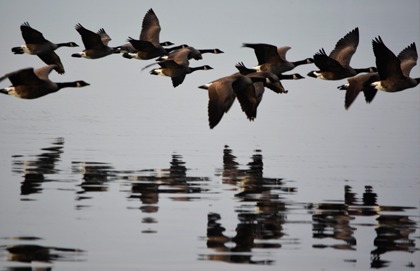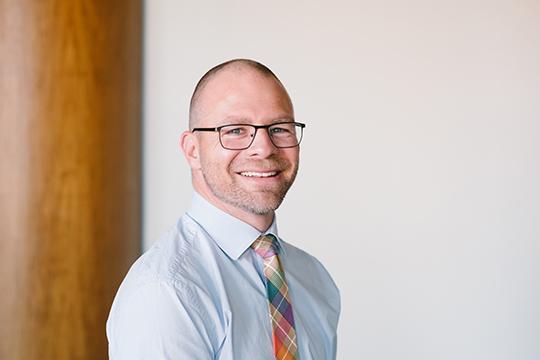Cardus is on record—in a number of different places—as seeing Canada's natural resources as a tremendous opportunity for our country and its citizens. We've called Canada "a land flowing with milk and honey" and one of our senior fellows went as far as to say that the oil sands in Northern Alberta is "Canada's golden goose" (don't kill it please).
But our general support for the development of our resource extraction sector—and our recognition of the huge benefit such work brings to Canada—shouldn't be equated with uncritical support.
If you take an honest look at Canada's golden goose you'll see that, while there are a lot of golden feathers and eggs to be had, even golden geese are capable of crapping all over the beach.
This isn't news, of course. Environmental groups have made a good living off of the oil sands and other resource projects, because they have a point. As hard as energy companies work to minimize environmental damage, there is nonetheless an environmental price to pay. Sometimes it's high and sometimes it's ugly.
But, while National Geographic photo spreads on the environmental damage of resource extraction gain a lot of eyeballs, the other damages inherent in building big cities in the middle of the bush are less noticeable. We build roads, and lots of other pieces of hard infrastructure in places like Ft. McMurray and Ft. St. John and Attawapiskat. It's extremely difficult to build these things, but it's even more difficult to build social infrastructure in these places. Roads can be built on muskeg. Water treatment plants can be built on the shores of the Athabasca or James Bay, but can you build a community there? There are indications that it's possible, but the jury's still out.
Corin Raymond, a Canadian troubadour who paid for a live album with Canadian Tire money (yes, this is a fact), puts the challenges nicely in a tune called "Ain't Goin' Back to Ol' Fort Mac." Give it a listen:
I ain't going back to old Fort Mac, no matter how much they pay,
You can live and work in old Fort Mac, but there ain't no where to stay; there ain't no where to stay.
Well I know a student there, and she don't go out at night
For the stumblin' drunken riggers, out lookin' for a fight; out lookin' for a fight.
[. . . ]
Well the money flows like water there, it's got no where to go.
The only thing to spend it on is liquor, whores and blow; liquor, whores and blow.
And real estate! [. . .]
Yeah, the clouds always hang over you, even when the sky is sunny,
For to cast a shadow costs them cash, in good old Fort McMoney; good old Fort McMoney.
I said, I ain't going back to old Fort Mac, no matter how much they pay
You can live and work in old Ft. Mac, but there ain't no where to stay; there ain't no where to stay.
The golden goose puts eggs on a lot of tables across Canada, but keeping her feathers clean takes a lot of work. We'd do well to keep our eyes on the unintended consequences, even while we're grateful for the milk and honey.





